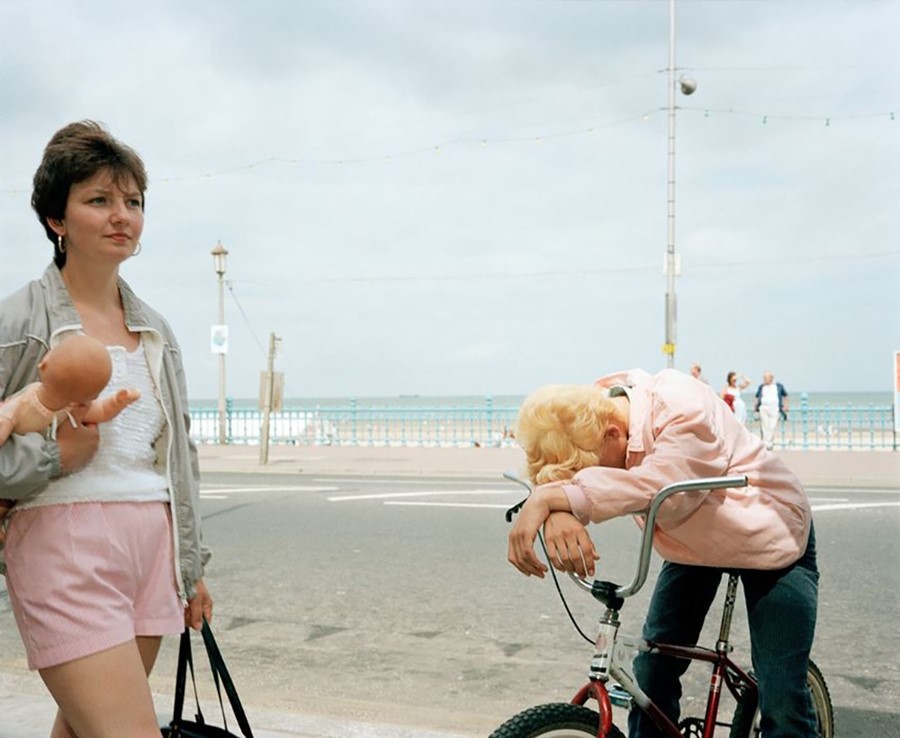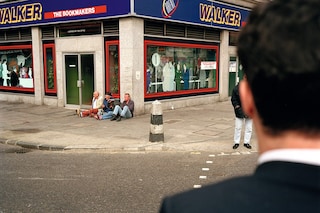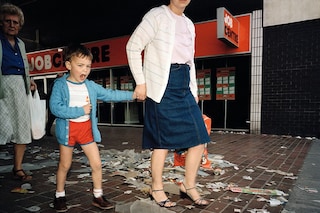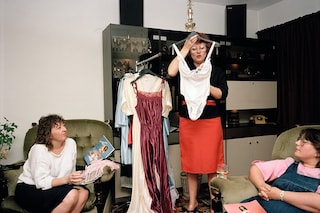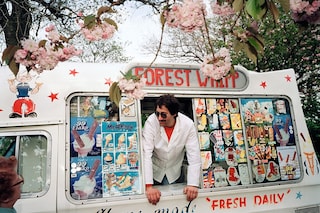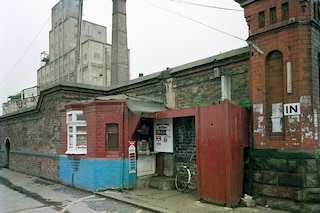The photographer shares never-before-seen snaps that offer a window onto the punks, mums and ‘normal people’ of Britain
Taken from the spring 2016 issue of Dazed:
“I’ve always had criticism," says Martin Parr, staring confidently at me through a screen, surrounded by framed photographs and books. “I’ve never really understood why. All I do is photograph ordinary things”. His portfolio of around 33,000 images is filled with surreptitious photographs of human beings, shot often without them knowing he's even there. “You can go and photograph famine and war and everything and no one ever questions that.” For Dazed’s spring issue, he has unearthed never-before-seen images taken between 1970 and 1980: punks buying fish and chips in Salford; mums dragging children through litter-strewn streets outside jobcentres; middle-aged women blinking at floor-length negligees in what seems to be an Ann Summers party; three drunks sitting on the pavement waiting for a betting shop to open. It wasn't that long ago really, but it seems like a different world. “What we forget is that when you look back at those times and it feels quite dated, (that) it’s one of the things that documentary photography always does,” Parr says. “It becomes more valuable as it gets older.”
“If I photograph a supermarket people say it’s dodgy. If you photograph famine or war it’s perfectly acceptable. I photograph normal people” – Martin Parr
Something Martin Parr said in a lecture I went to years ago stuck with me. He explained to a room of photography students that there is no point in ever taking a photo of something like a tree or a sunset as throughout history they never change. These days as high streets across the world become increasingly identical and the classes become less easily distinguishable, it must be getting trickier for him to do his job. “It’s always a bit difficult because you have to confront people and that’s why a lot of people can’t do it. That fundamental issue of it being not easy always remains the same,” he says. “People know a lot more about photography these days than they did 30 years ago, so perhaps there’s less innocence. You could photograph kids on beaches 30 years ago but you definitely couldn’t now. That’s a rare example of how social attitudes have dramatically changed in photography.” He recently went on a trip to Benidorm with a sneaky telephoto lens enabling him to photograph tourists up close from very far away. “You could argue that if you photograph anything full stop it could be said to be sneaky," he remarks.
I wonder if Parr ever gets embarrassed looking back at old work from the 70s and 80s, as you would rereading an old diary. “Not really, no. I quite like looking at what I did way back because of the documentary value of it. I’m glad I did it and I’m glad I made those documentations...” A cracking noise comes through my laptop, coming from Parr. “Sorry about the noise. I’m just mending my stapler. It works now. There you are. So no, I don’t get embarrassed about my earlier work. I have quite a lot of affection for it really.” He describes himself as just your average photographer. “Sorry,” he says. “Bit bland isn’t it?”
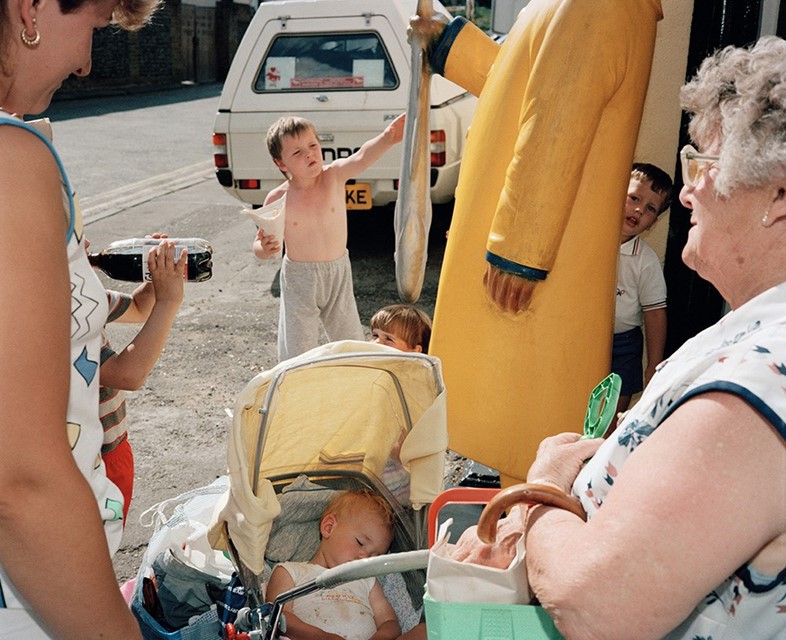
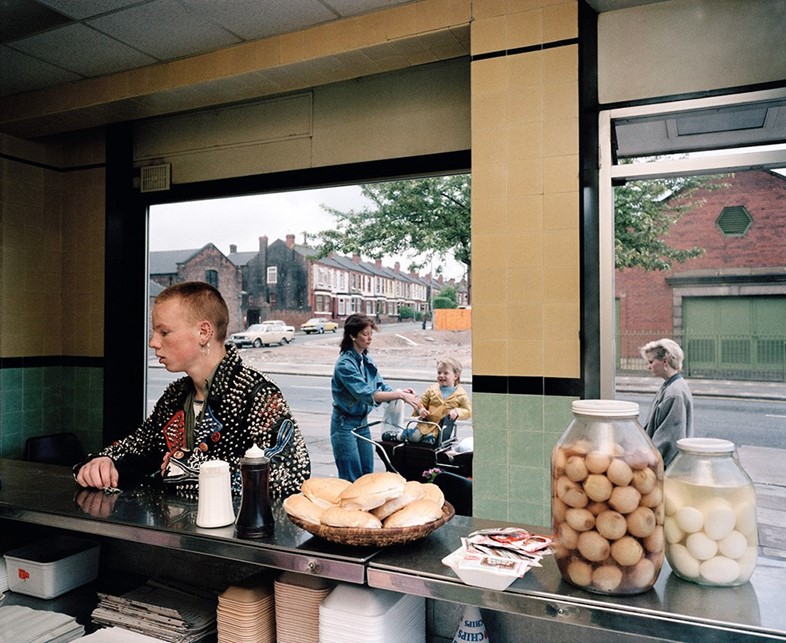
Strange and Familiar: Britain as Revealed by International Photographers at the Barbican Art Gallery, Unseen City: Photos by Martin Parr at Guildhall Art Gallery and The Rhubarb Triangle & Other Stories at the Hepworth Wakefield are on now
Subscribe to Dazed magazine here or pick up your copy from newsstands now
